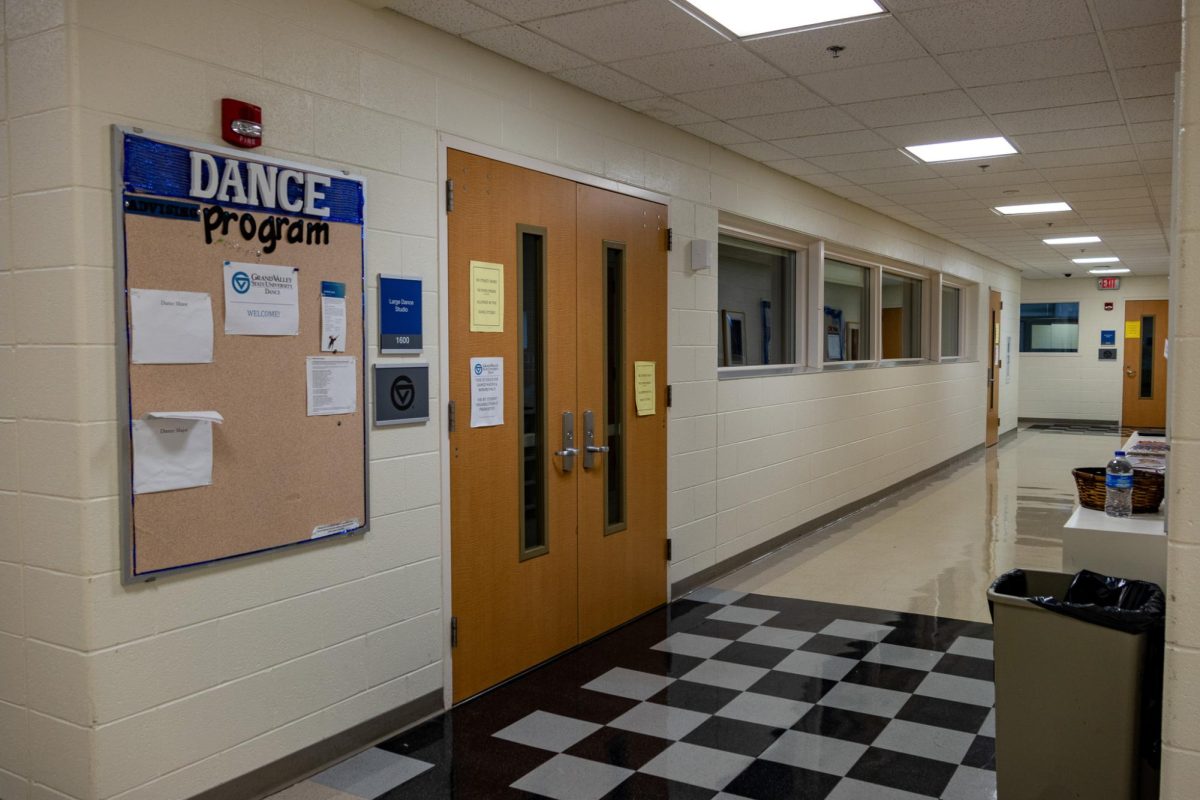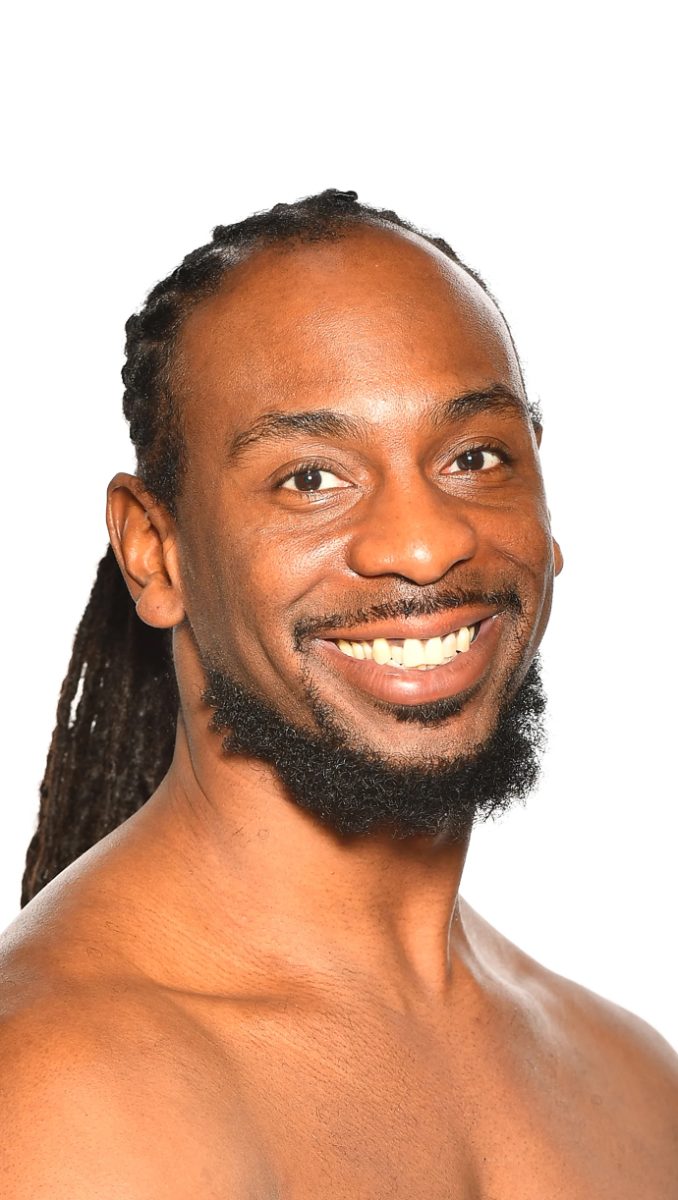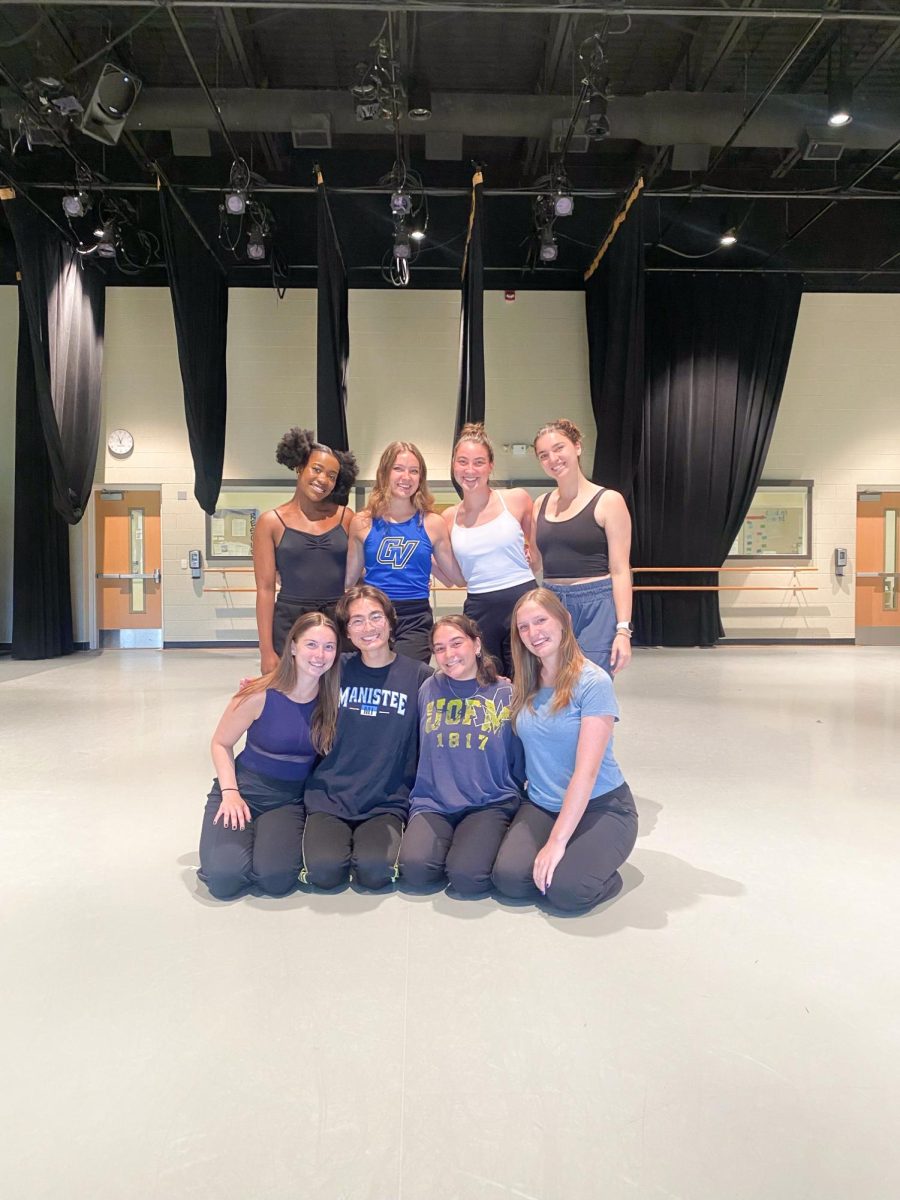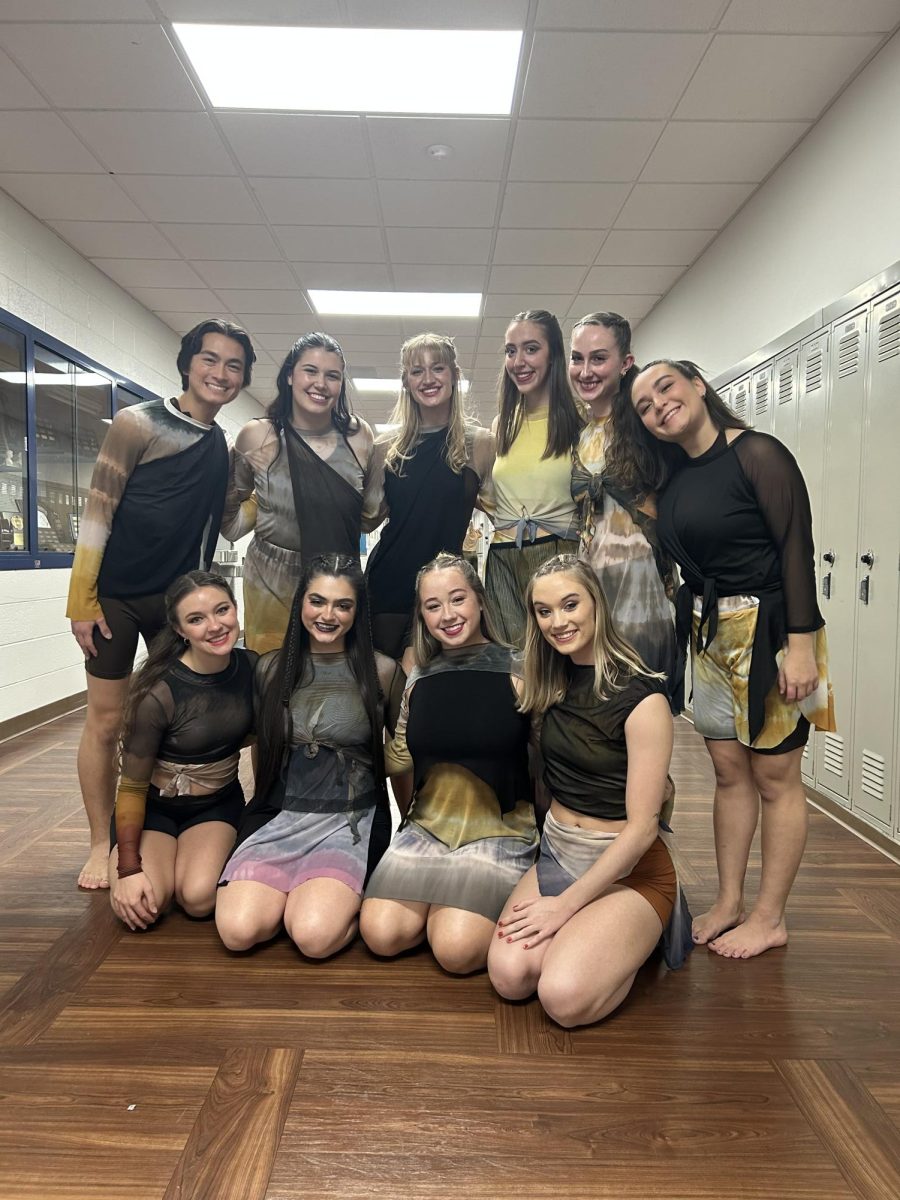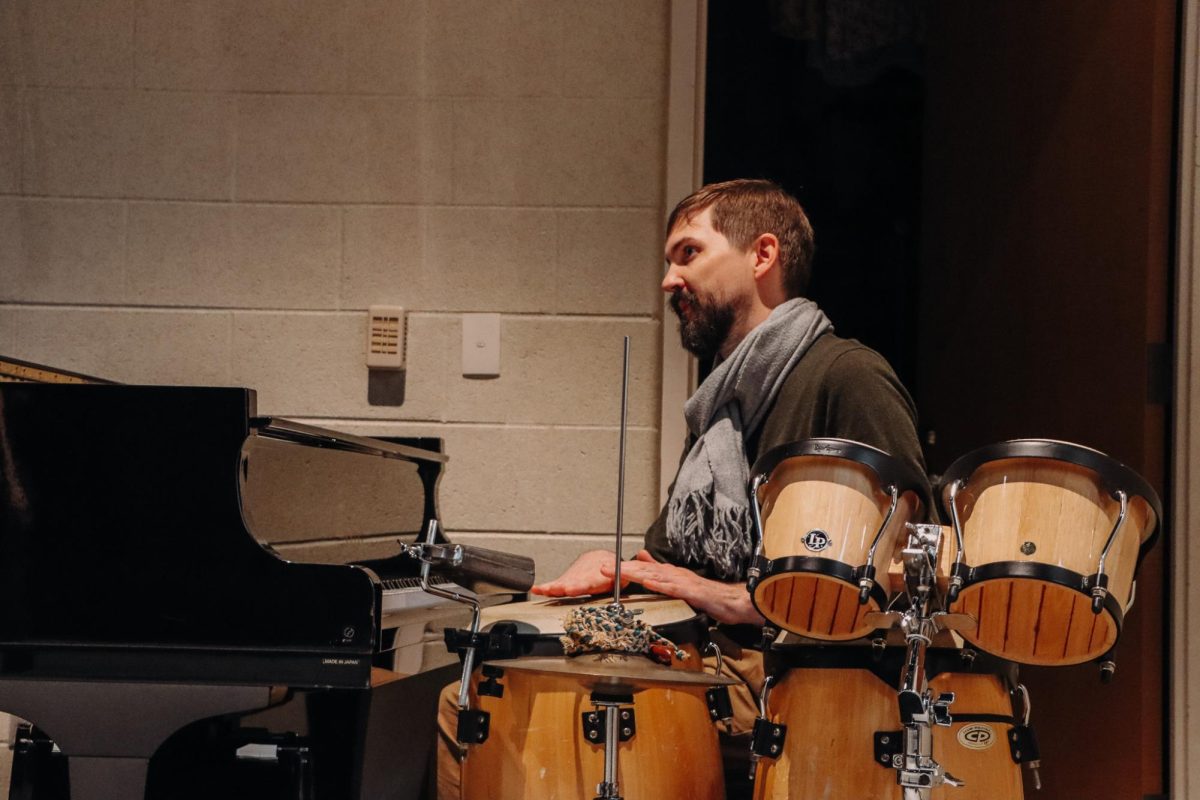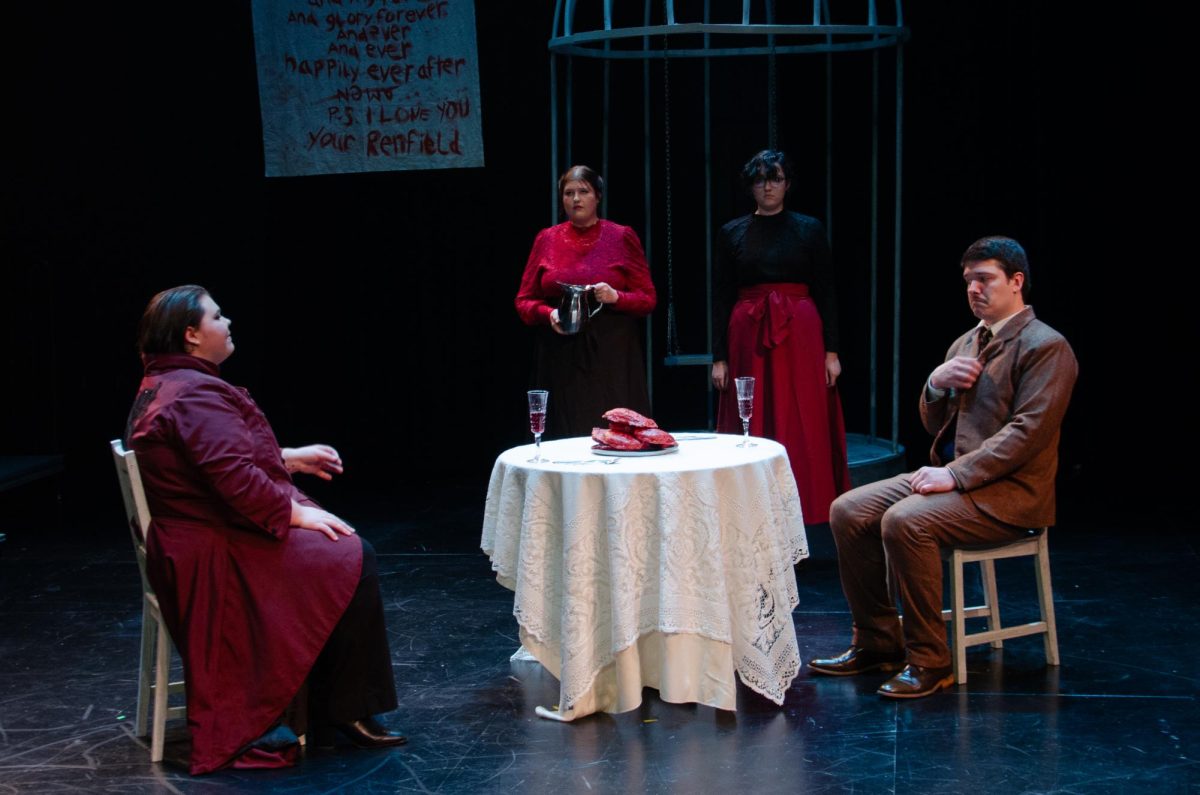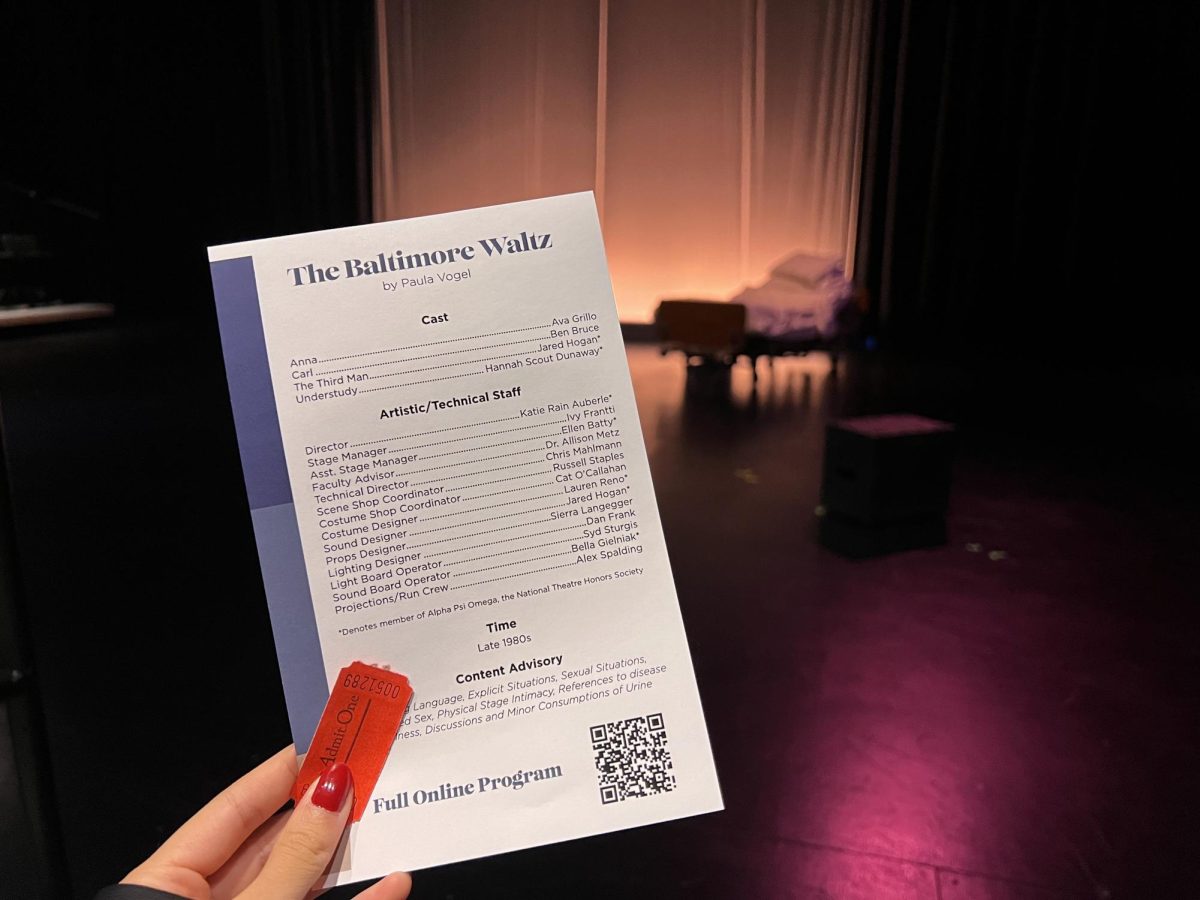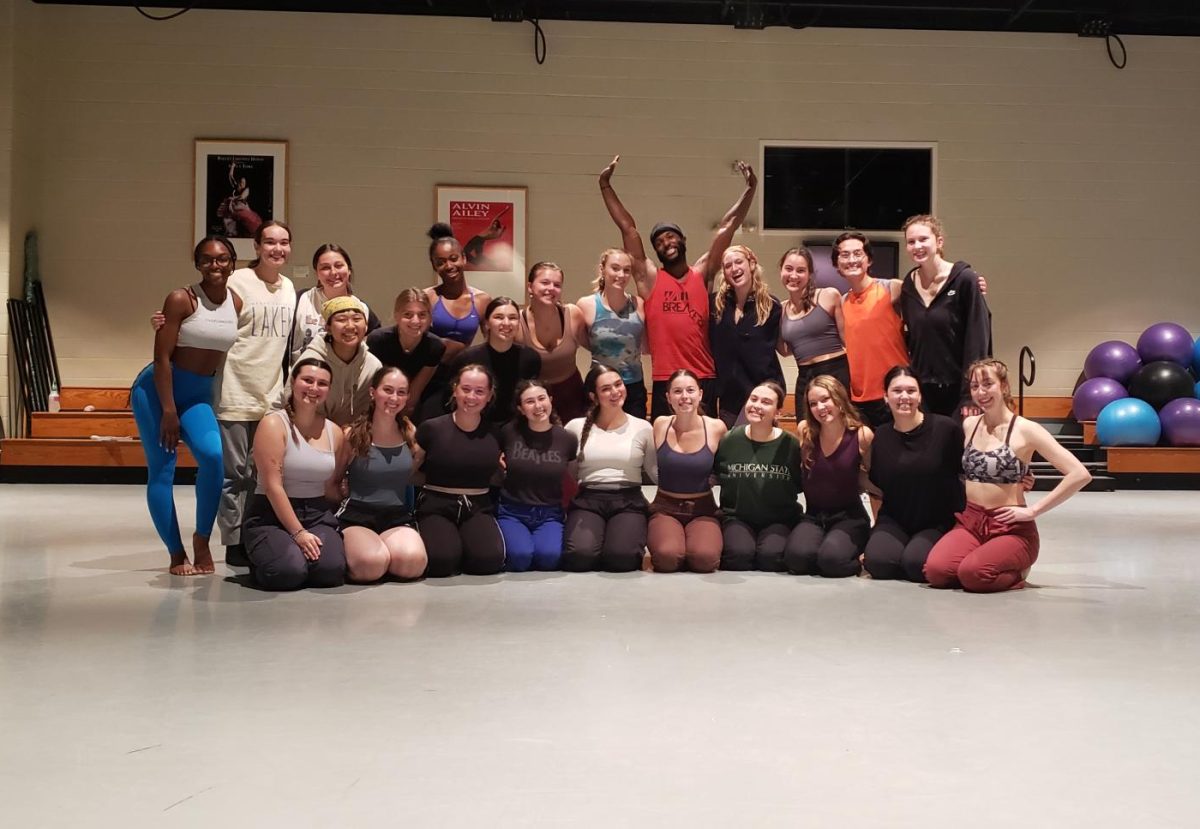A new dance course on the style of Capoeira has been added to the Grand Valley State University Dance Program. The class, taught by Professor Juston Espinoza, instructs students on the Afro-Brazilian martial art dance form.
The movement style of Capoeira is part fight and part dance. Therefore, Capoeira is not just considered a dance, but also a type of martial arts. The difference between Capoeira and other dance styles is that it builds up more body strength due to training to “fight” and dance at the same time.
“The movements require great bodily dexterity,” according to an article by Unesco. “The Capoeira circle is a place where knowledge and skills are learned by observation and limitation.”
Through this, students are able to learn and practice the skills of observation and attentiveness.
Additionally, there are many representations of Capoeira throughout movies, TV shows and video games but few practitioners in America.
Dance Curriculum Coordinator Carrie Brueck Morris described the art of the dance and its unique usage of the body.
“A lot of Capoeira movement is upside down. It also (utilizes) a lot of overall body strength and coordination,” Morris said.
Morris noted that with many dance styles, it can be therapeutic. The idea of “play” within Capoeira encourages students to let loose. However, it also allows for the seriousness needed in order to achieve the dance.
“These are aspects of dance education that apply regardless of the class style. We are interested in exposing our students to (the sense of ‘play’),” Morris said.
Espinoza said there are particular steps associated with teaching Capoeira and reiterated the idea of “play” within the style.
“From a physical standpoint, we started the semester by learning a set of historically significant sequences,” Espinoza said. “In the second half of the semester, we’ll be working on applying the movements to actually play Capoeira.”
Espinoza said learning about the dance’s history and philosophy is just as important as knowing the physical movements.
“As they grow, students learn how the music dictates the types of games we play (through movement),” Espinoza said. “We also cover the history of Capoeira and teach the art’s philosophy throughout the class to give context (to) the ‘why’ behind how we do things.”
With the Capoeira course being brought to GVSU, students can learn the skills brought forth by the lesser seen style of dance. By mixing dance and martial arts, the style can expand the horizons of movement for those in the course.






















